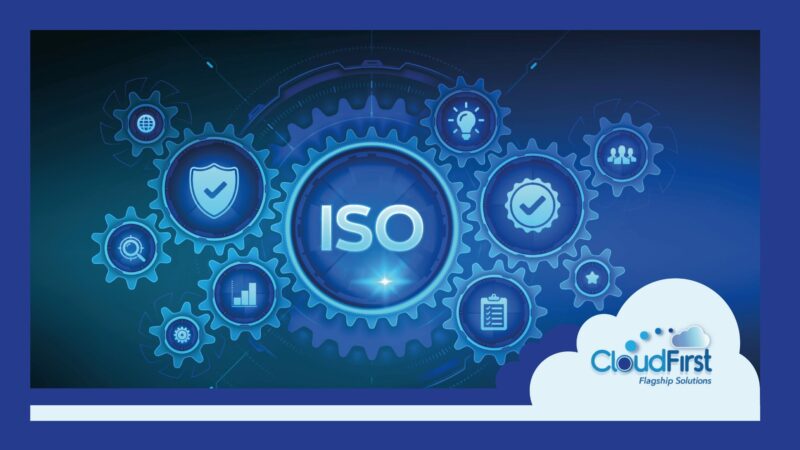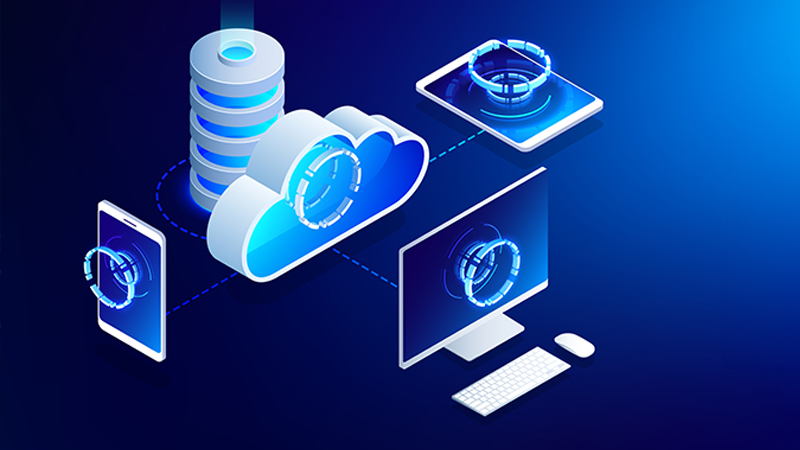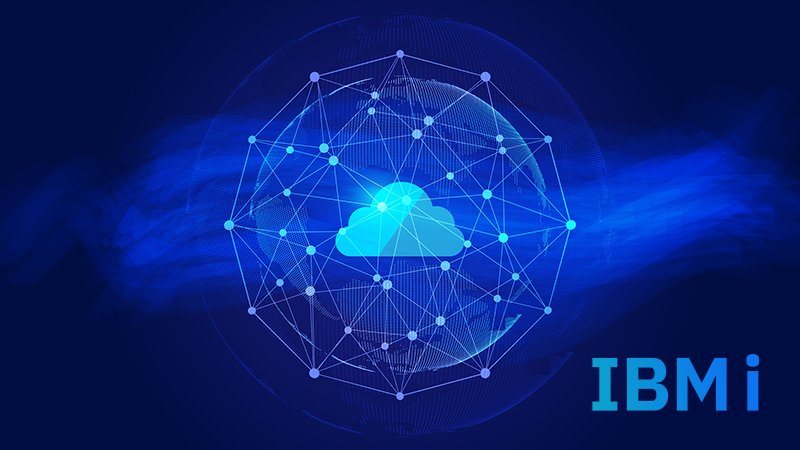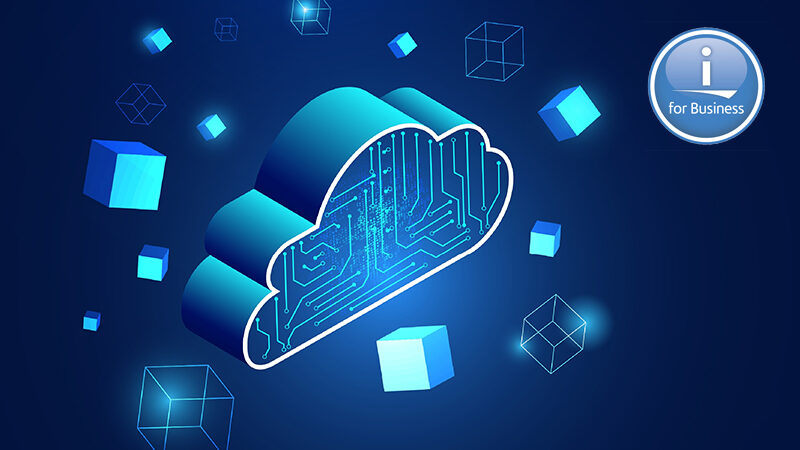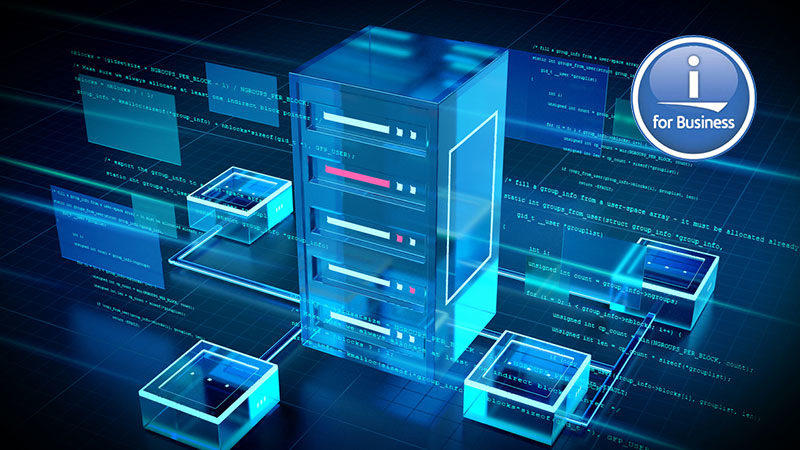ISO 27001 certification provides a framework for protecting any business with an online footprint or large stores of digital data. Getting certified means your organization has created a risk management plan for information security that meets or exceeds the International Organization for Standardization’s (ISO) criteria. But the daunting numbers and jargon are enough to make
Blog
Top 5 Benefits of Adopting Cloud-first SD-WAN
Embracing a Cloud First SD-WAN approach is revolutionizing how businesses handle their network demands in the cloud era. This article delves into the top benefits of adopting Cloud First SD-WAN, highlighting how it not only simplifies network management but also ensures robust security, improved performance, and cost efficiency.
Can APIs Revitalize my Cloud IBM i Application?
CloudFirst Delivers Multi-Cloud Connectivity for IBM i & AIX
CloudFirst delivers multi-cloud connectivity allowing enterprises to host traditional IBM I and AIX workloads seamlessly integrated to AWS, Azure, Google, or IBM clouds. Through high bandwidth, low latency direct connections with the major cloud services providers, CloudFirst enables organizations to harness the power of its cloud to deliver local area network (LAN) performance as if
Deloitte Study Identifies Nine Outcomes Where Cloud can Boost Business Performance and Efficiency
IT Infrastructure Modernization: Transitioning from End-of-Life Systems to the Cloud
Three System Recovery Strategies for Success
Blasting Away Old Spool Files Off the POWER Box with SQL
Cloudfirst’s Getting Ready for IBM i Cloud Migration Guide Featured in IT Jungle
IBM i 7.5 Announcement: The Future of Power Systems
Business owners and IT managers know that a company’s operating system is only as useful as its ability to handle complex business tasks, manage essential resources, and keep mission-critical operations running, while maintaining vital security and protections against costly downtime. When it comes to IBM Power Systems, IBM i has allowed businesses to manage hardware
